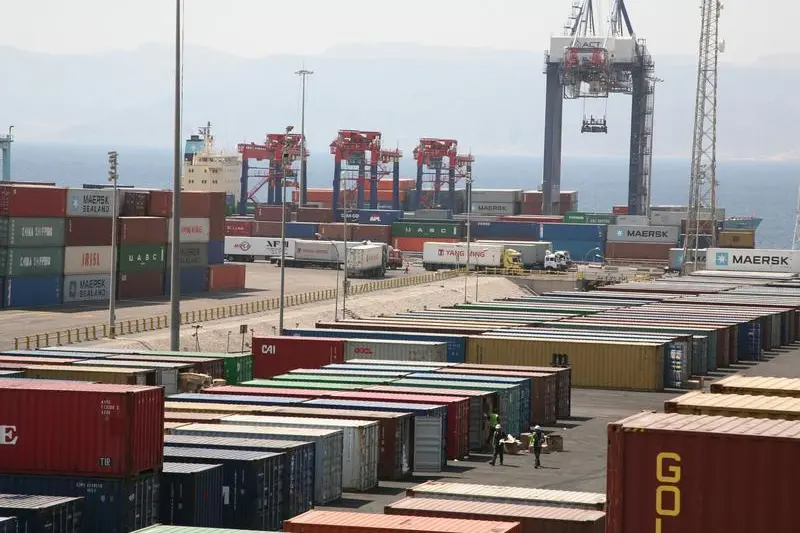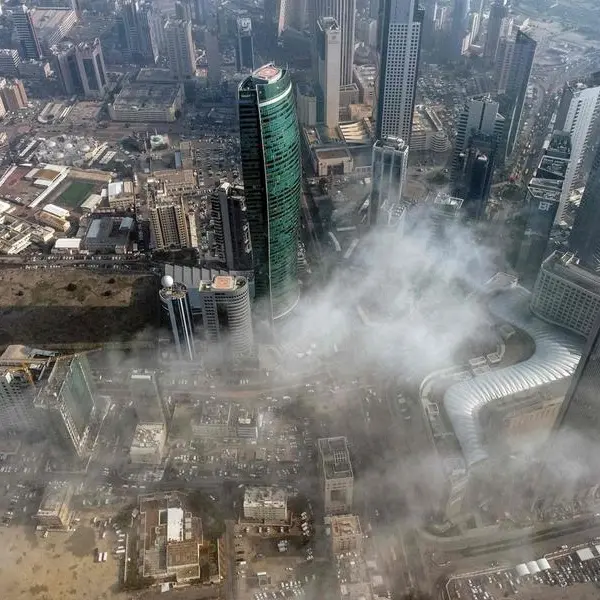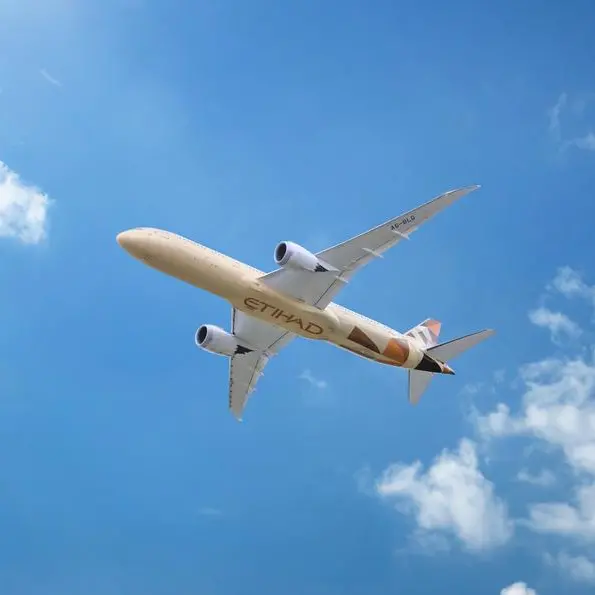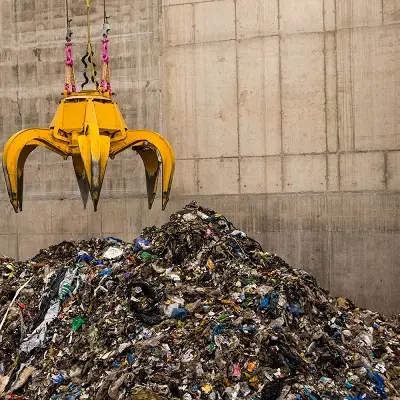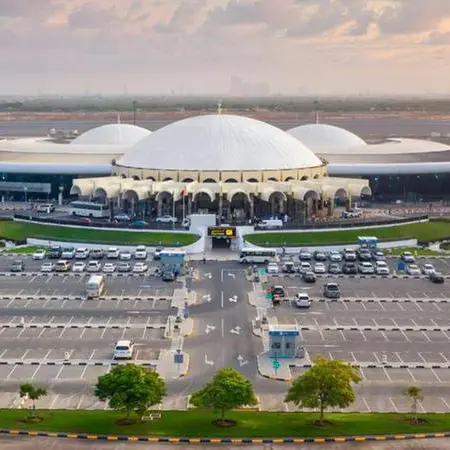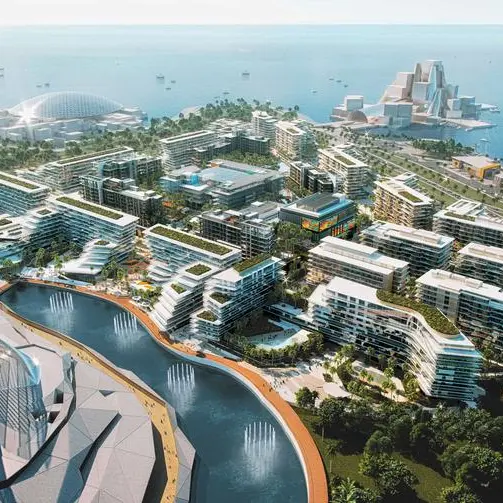PHOTO
Jordan is developing a rail freight network in its move to position itself as a regional transport hub by connecting with Saudi’s North South rail and trans-national rail routes between China and Europe.
Minister of Transport Khalid Saif said the national rail project forms part of the government’s plan to capitalise on Jordan’s geostrategic location and upgrade the country’s entire transport sector.
“Our vision is to have a 1,000 km railway network purely for cargo," he said on Tuesday while speaking at a rail conference in Dubai.
He said the project’s objectives include better domestic freight connections between the major economic centres in the country; improve transport safety and safeguard the environment by reducing transport-related emissions.
“The first phase, from Aqaba to Amman through Ma’an, involves the construction of a 400-km long standard gauge railway connecting the Aqaba Port's container terminal and industrial areas to the Maddouneh Dry Port in Amman,” said Saif.
The railway project will also link Jordan to Saudi Arabia and other Gulf Cooperation Council (GCC) states, Iraq and Syria.
Subsequent phases would link Maddouneh to Saudi Arabia via the Umari border and eventually to the Saudi North-South Railway, and then link the dry port with Syria, the minister noted.
The project will link with China-Europe railway freight networks, especially the existing West Route and its planned new variation, he added.
The minister said the project would be implemented under the Public Private Partnership (PPP) model, citing the successful track record of Airport International Group (AIG), which holds the Build-Operate-Transfer (BOT) concession for Jordan’s Queen Alia International Airport.
“The BOT model we have in Queen Alia airport is ranked among the top PPP projects in the world. We are planning a similar approach in the future,” he said.
AIG was awarded the 25-year BOT concession in 2006 by the Jordanian government as part of a $850 million PPP deal.
He said the land acquisition for the first phase is almost complete, and the tender documents would be ready by the second half of 2020.
"We have fully updated the feasibility studies. The detailed design and tender documents would be completed by the second half of 2020,” he said.
Freight traffic projections
Saif pointed out that freight traffic from containers, phosphate and grain sectors are expected to drive the first phase of the railway.
"Our [container] growth forecast from 2019 to 2023 is 2.5 percent and from 2024 to 2050 is 5 percent, which are positive signs,” he said.
Apart from the transport ministry, other stakeholders for Phase 1 include Aqaba Special Economic Zone Authority (ASEZA), Aqaba Container Terminal, Jordan Phosphate Mining Company (JPMC), Arab Potash Company, Jordan Grain Silos Company and the Customs Department.
The minister said maximum capacity of Aqaba Container Terminal is expected to be 3 million TEUs in the future.
He also noted that phosphate traffic has been growing at 3% per annum while grain traffic growth rate is 2% per annum.
“For phosphate, we expect to transport 7.2 million tonnes by 2023 and 11.9 million tonnes by 2040. For grains, we are forecasting 1.06 million tonnes by 2023 and 1.8 million tonnes by 2050.
Saif said currently, the grain traffic is only for one of the biggest grain silos, Jweideh grain silo.
“With extension of the network beyond Maddouneh through Irbid, we would be able to connect local grain silos as well,” he explained.
In February 2019, China’s state news agency Xinhua had reported that the first phase of Jordan's national railway network was expected to cost $700 million.
(Reporting by Anoop Menon; Editing by Seban Scaria)
#Jordan #Saudi #BRI #China #infrastructure
Disclaimer: This article is provided for informational purposes only. The content does not provide tax, legal or investment advice or opinion regarding the suitability, value or profitability of any particular security, portfolio or investment strategy. Read our full disclaimer policy here.
© ZAWYA 2020
